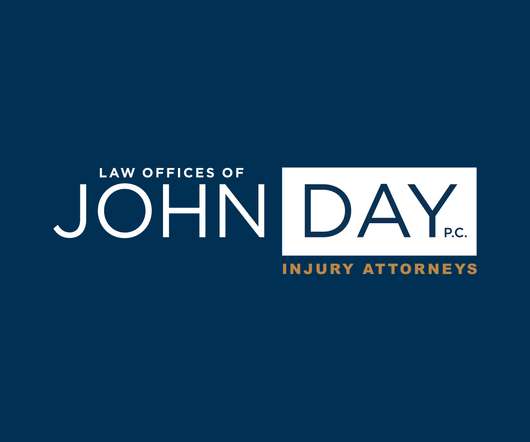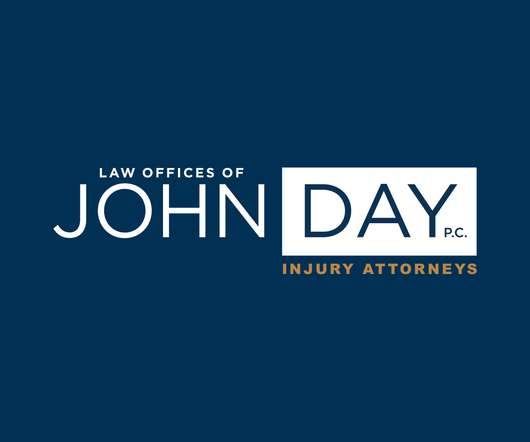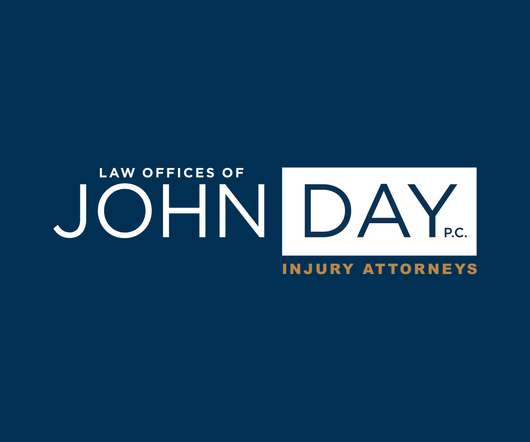Dismissal partially reversed based on fraudulent concealment.
Day on Torts
MAY 18, 2022
Plaintiff asserted various claims against defendants, including breach of contract, fraud, intentional misrepresentation, and negligence, all of which the trial court dismissed as untimely pursuant to the three-year statute of limitations applicable to claims of injuries to real property. In Simpkins v. John Maher Builders, Inc. ,














Let's personalize your content